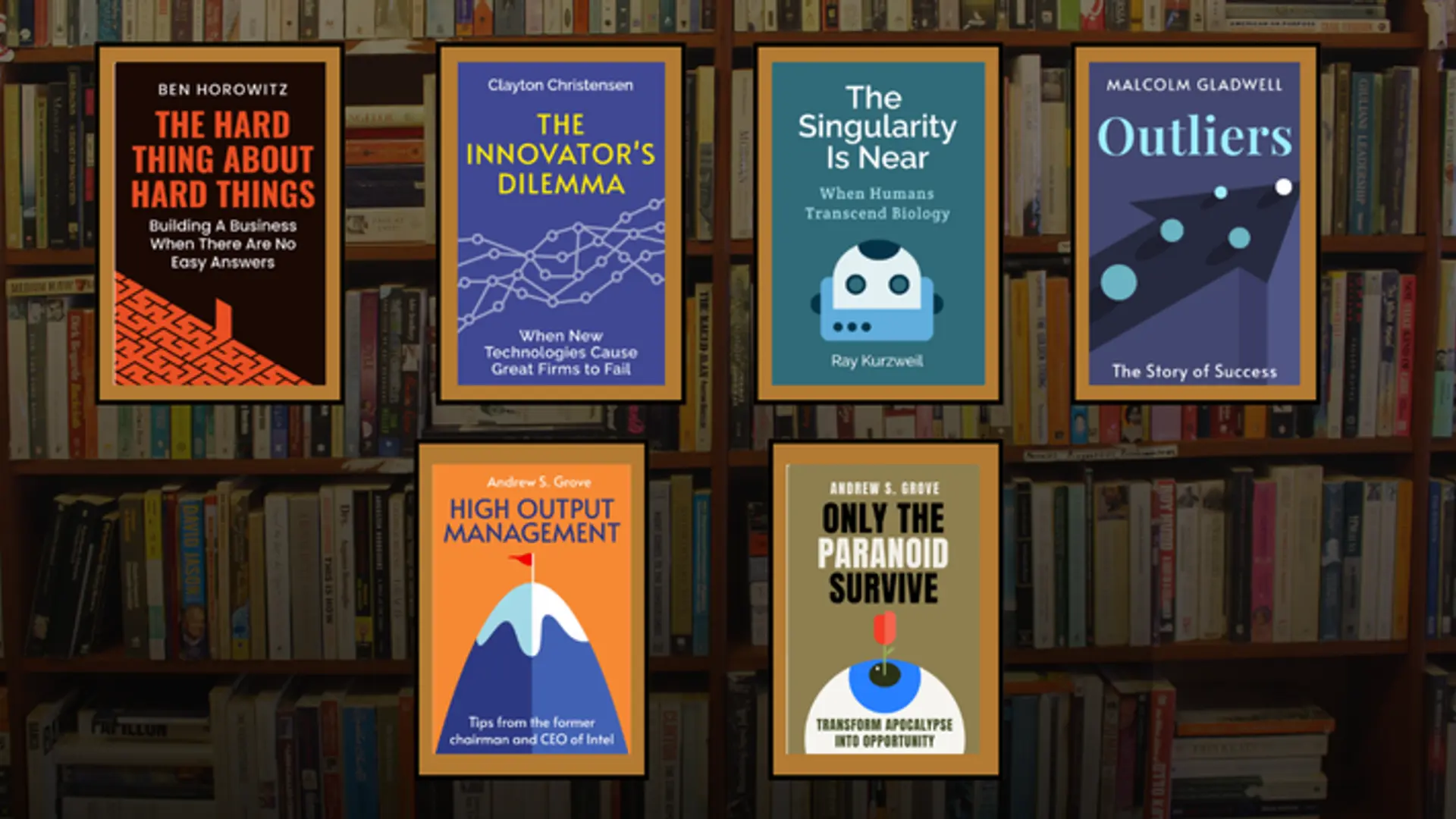Sorry Mr. Edison, looks like your time is up!
Friday June 20, 2008 , 2 min Read

The global community is focusing a tremendous amount of attention on the potential role of Compact Fluorescent Lamps (CFLs) in significantly cutting down household energy use. Given that CFL bulbs use only 20% of the power of an equivalent incandescent lamp, the benefits are crystal clear. The only problem: cost of these bulbs. In the US, Wal-Mart has begun aggressively pushing CFLs on their shelves and are also working hard to make CFLs more affordable. However, the bulbs are still prohibitively expensive for most Indians. Well, that could change soon [Via Businessworld]:
Uttar Pradesh Power Corporation (UPPCL) signed a memorandum of understanding (MoU) with two companies on a deal that involves the companies funding the entire cost of a compact fluorescent lamp (CFL) above Rs 10. The condition: UPPCL distributes about 22 million CFLs in exchange for existing incandescent lamps and at a cost of Rs 10 per CFL. “This is to mitigate the more than 2,000-MW per day gap between demand and supply of electricity in UP,” says a director in UPPCL.
So, I guess the burning question is how these companies which signed the MOU with UPPCL will actually generate profit. The hope is to monetize the certified reductions derived out of CFL use by selling them in the international market:
The financial model is attractive if the CFLs reach households instead of the grey market. CantorCO2e expects the cost of a CFL to be Rs 70 and an additional Rs 30 in the form of administrative and processing costs. As per the company’s estimates, each CFL that is successfully installed and gets certification from CDM is expected to earn 0.09 CER per annum as it will result in an annual saving of roughly 0.09 metric tonne of carbon dioxide emissions (one CO2 metric tonne is equivalent to one CER).
The business model is cutting-edge – and the companies involved are early pioneers. If it works in the pilot states, the model could be replicated nationwide and could help offset the power shortage in the country.
[Image Credit: Businessworld]
Note: Looks like Bangalore Electricity Supply Company (BESCOM) is also involved in a similar pilot project. TC-I had covered the story here.






